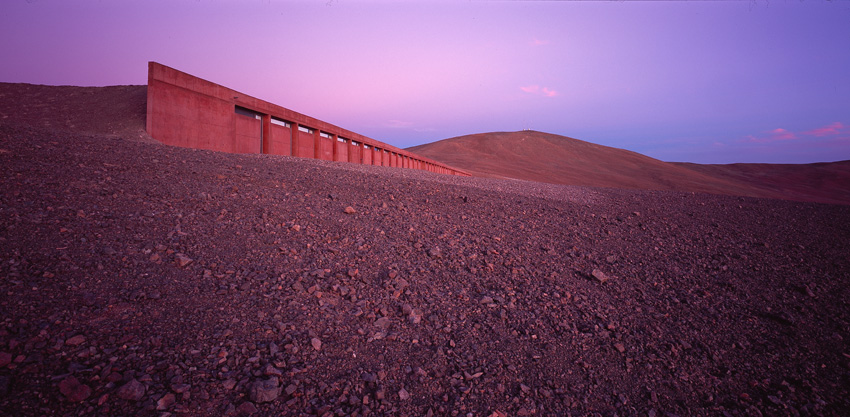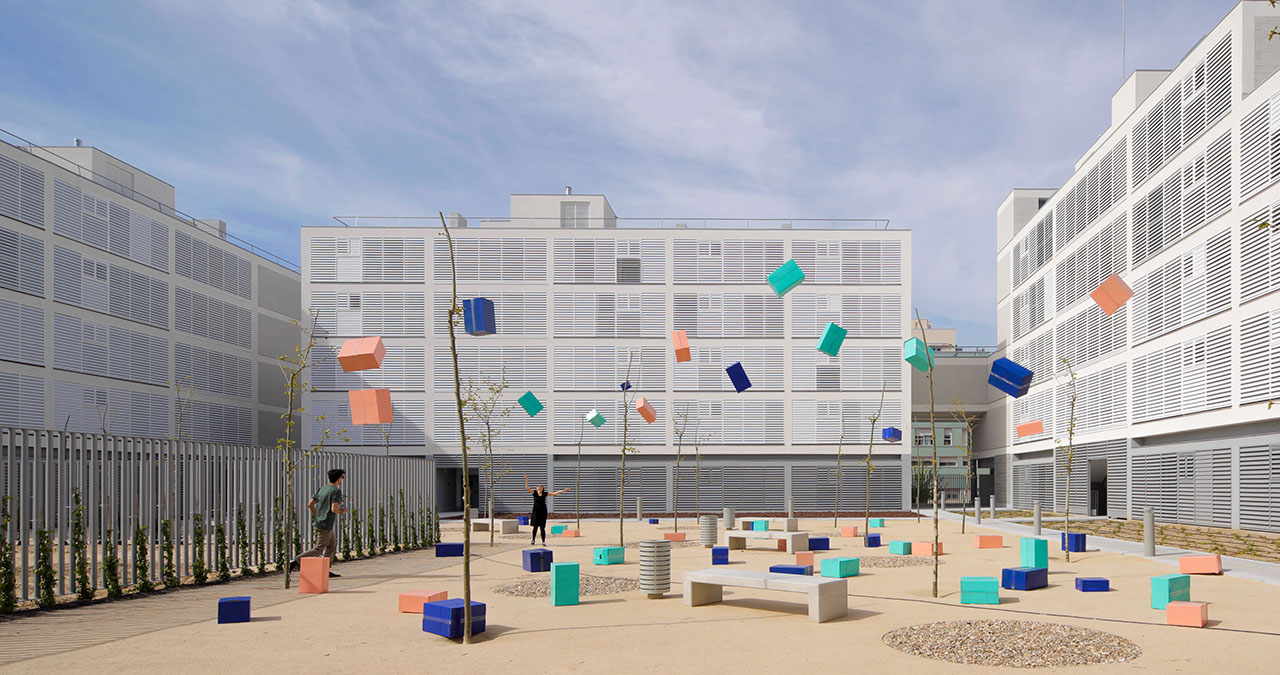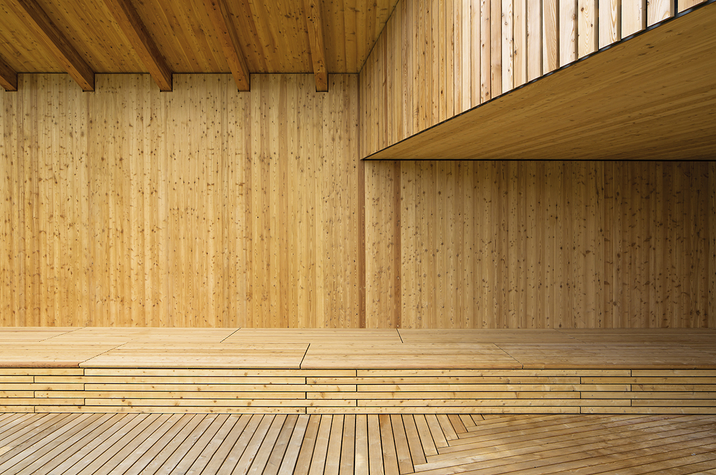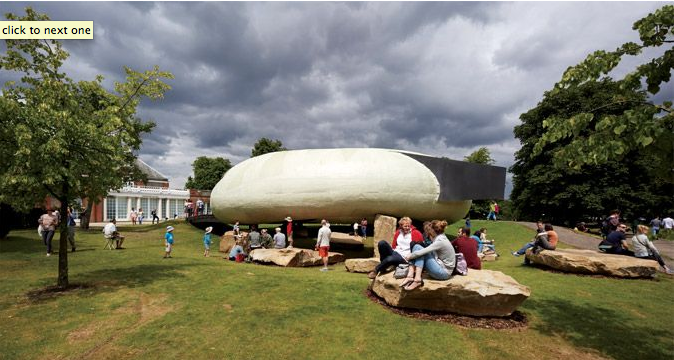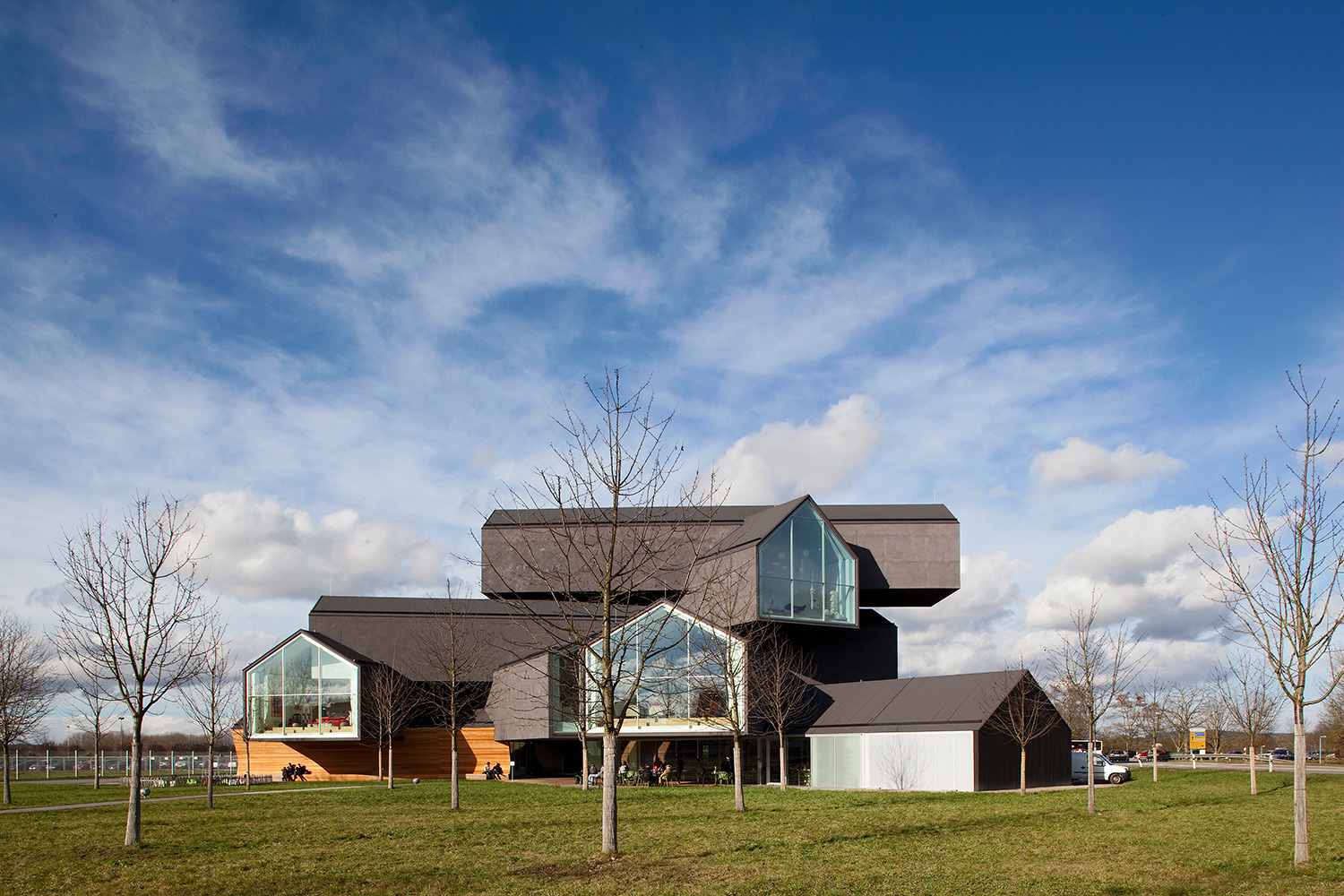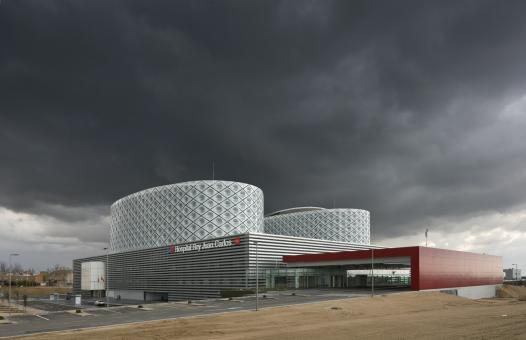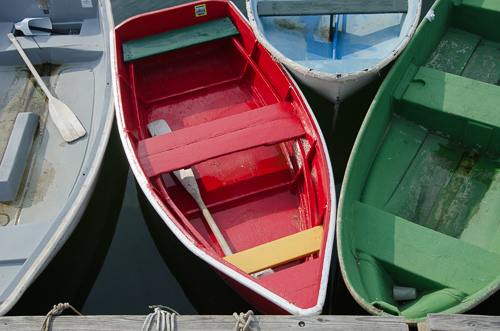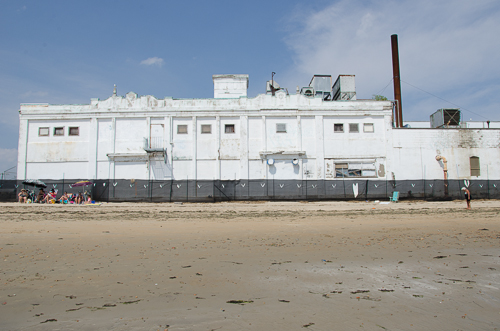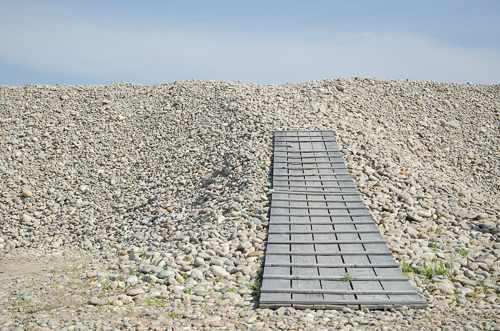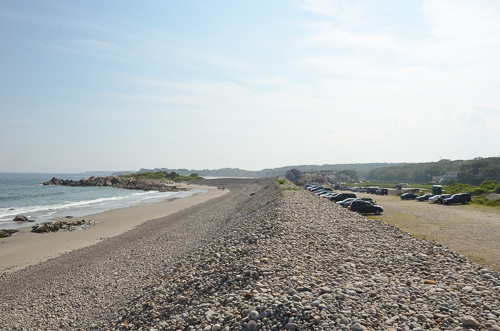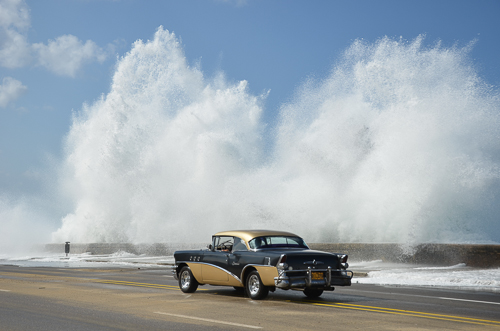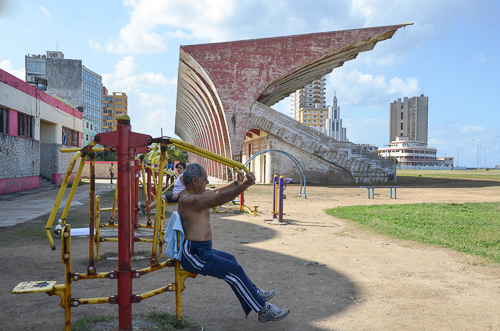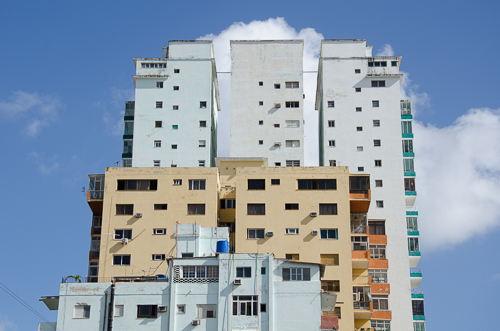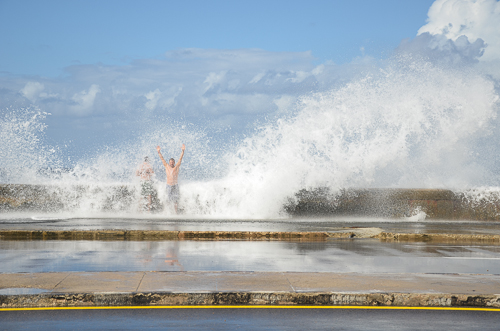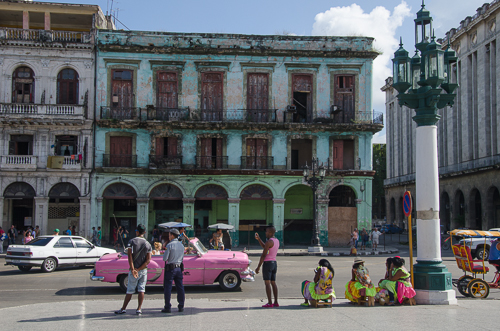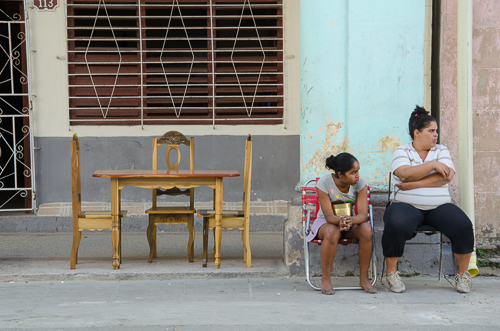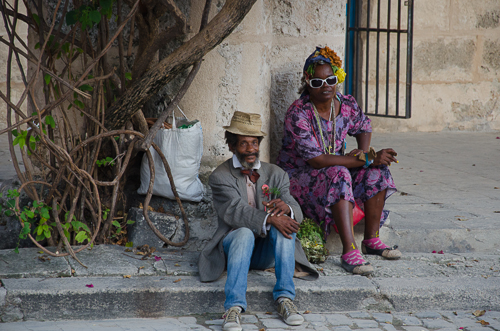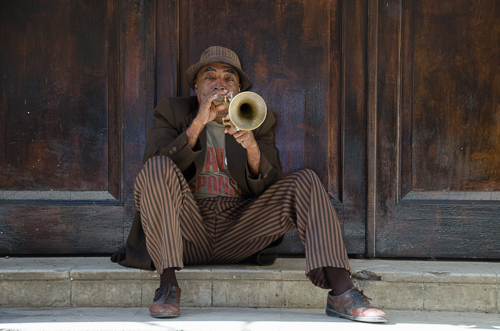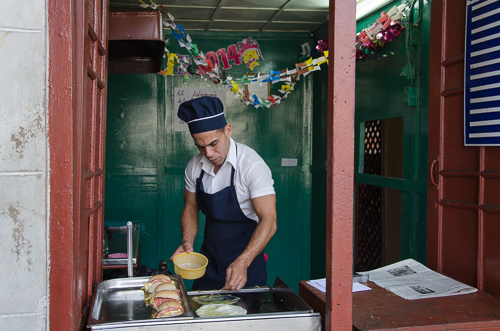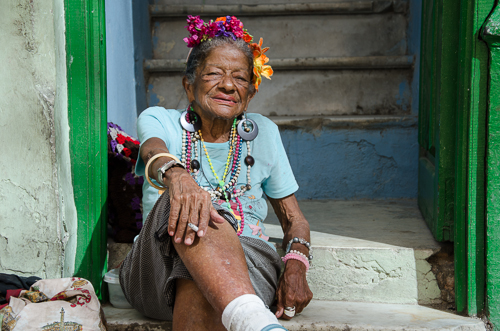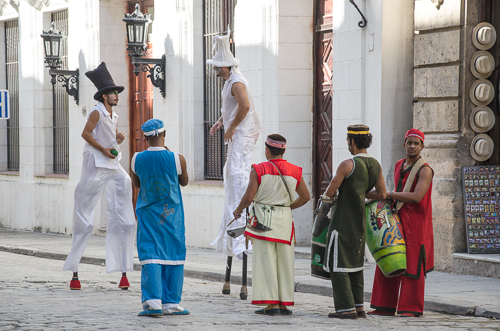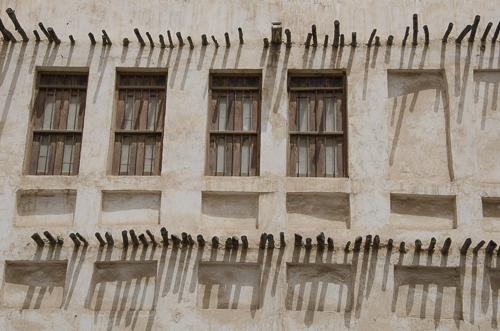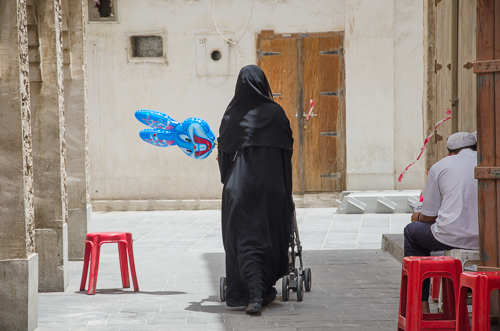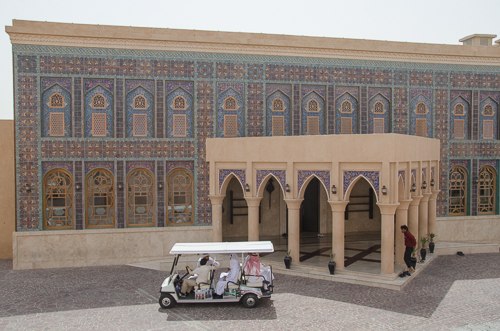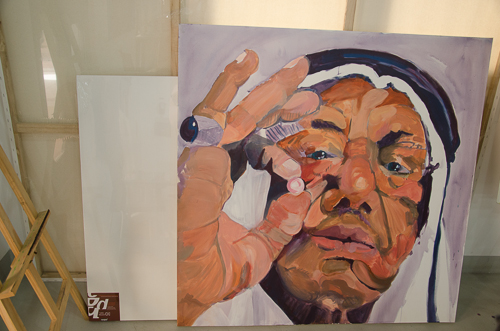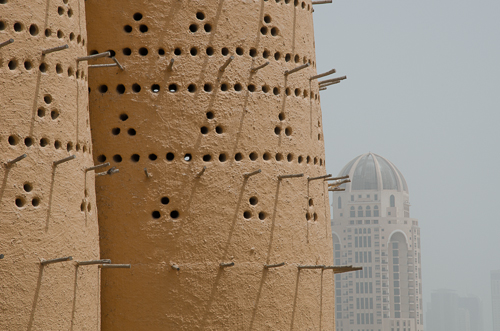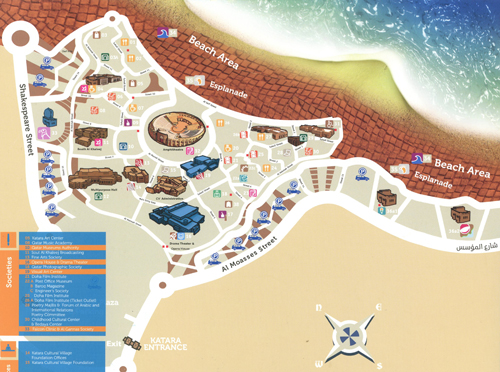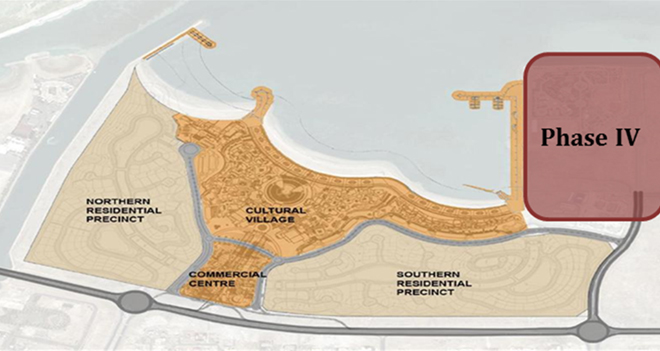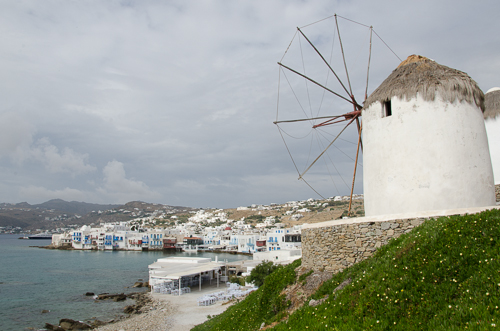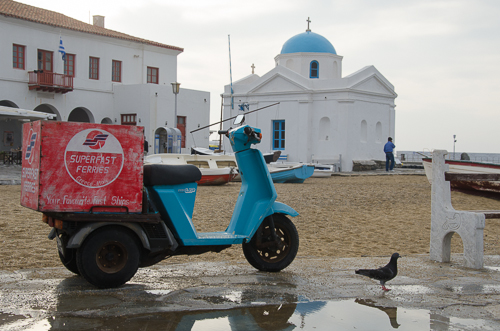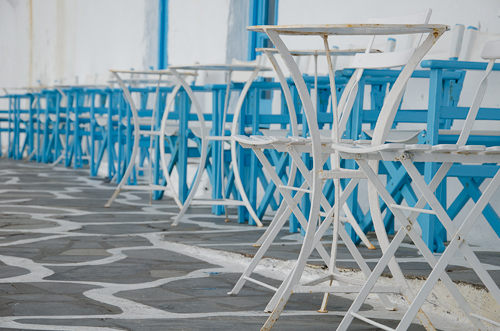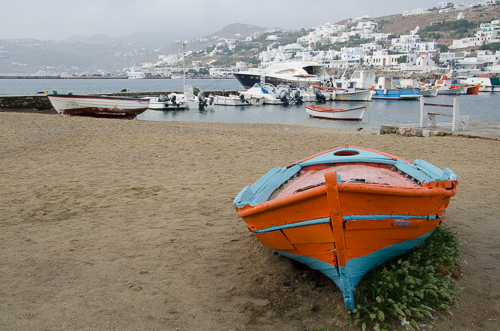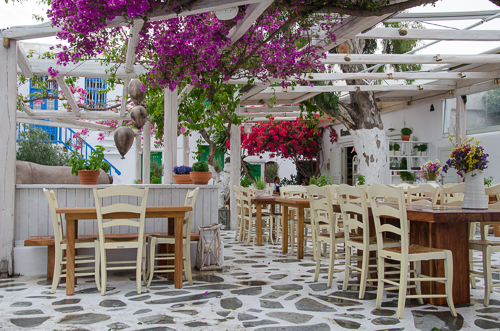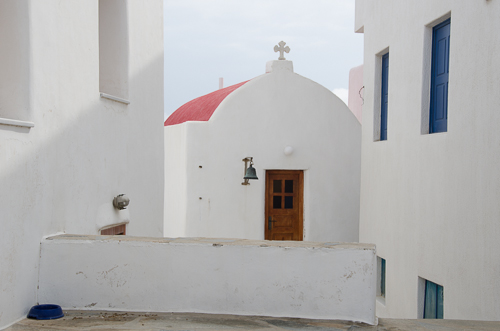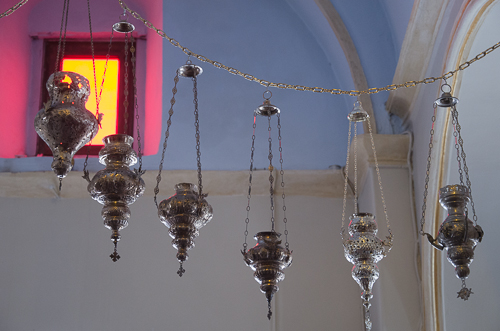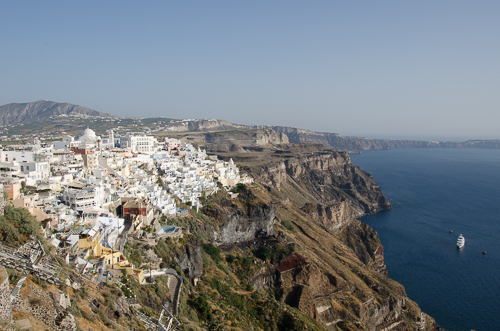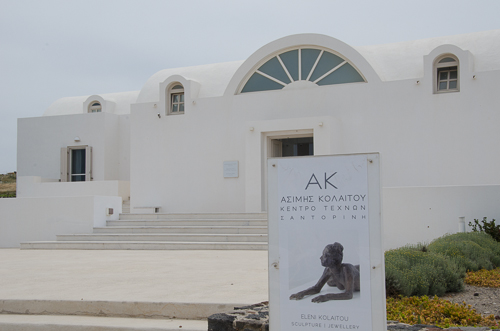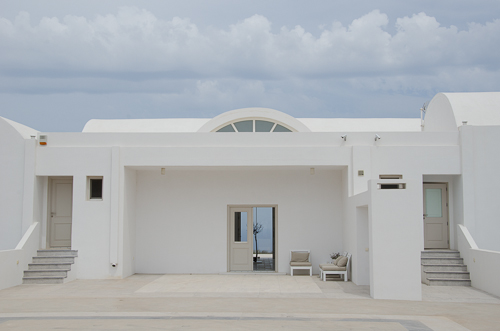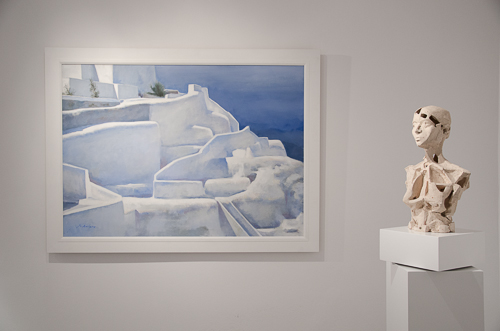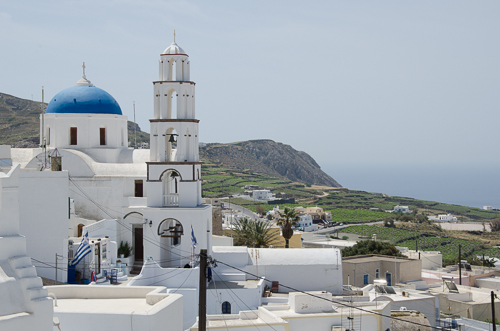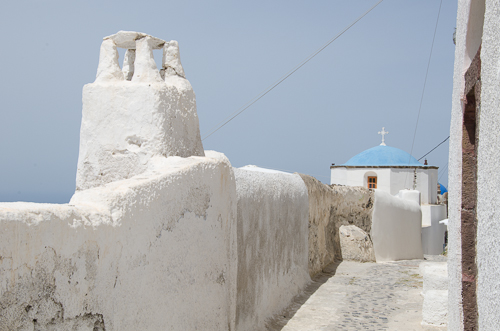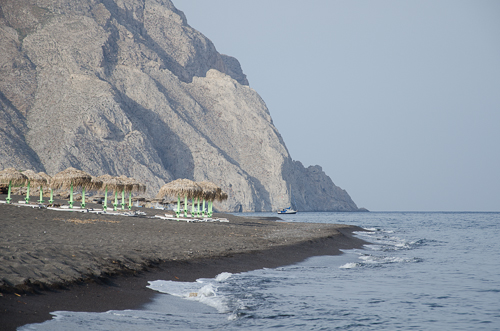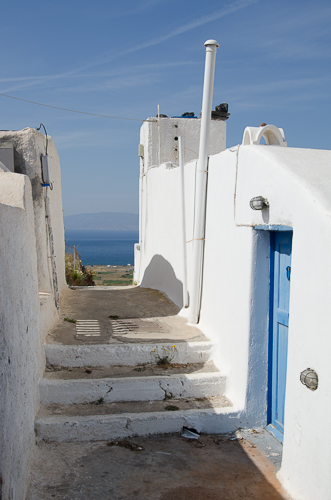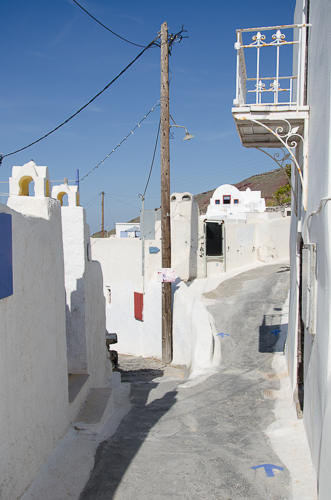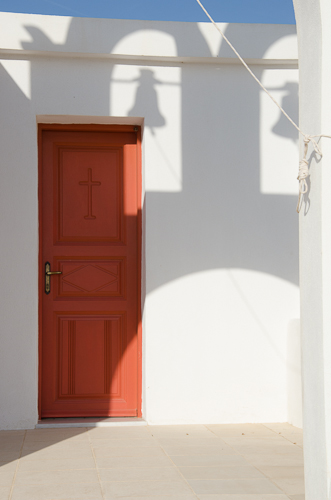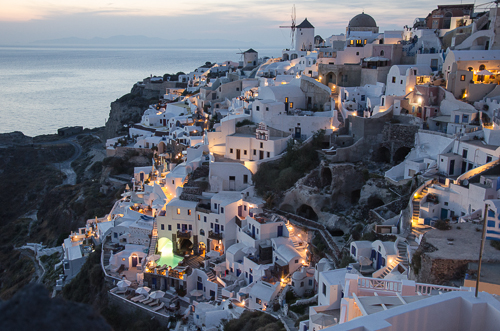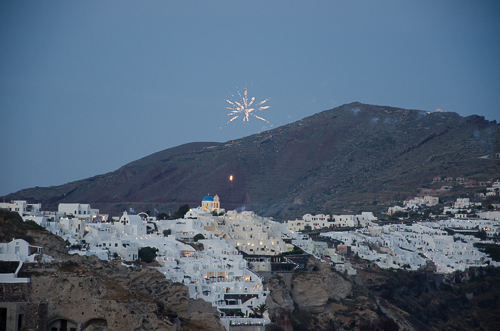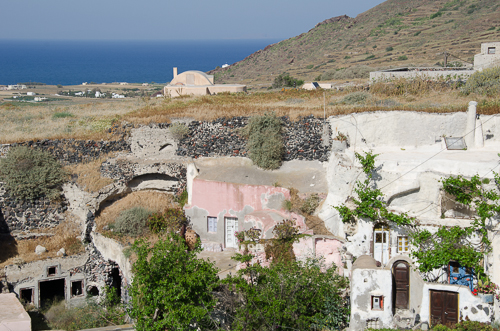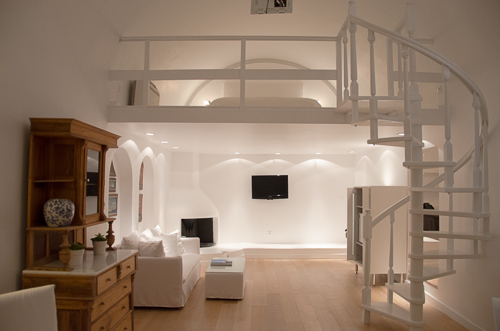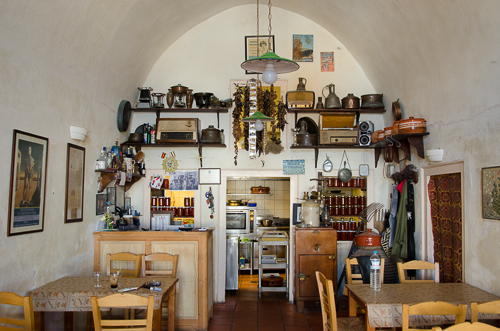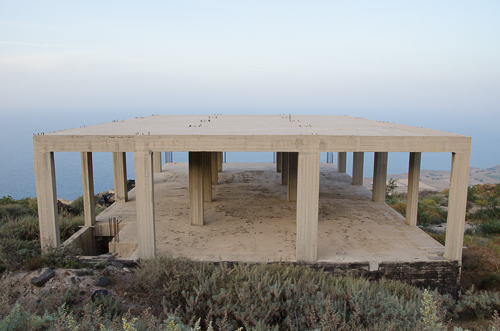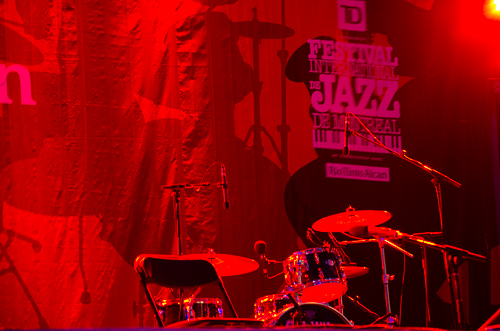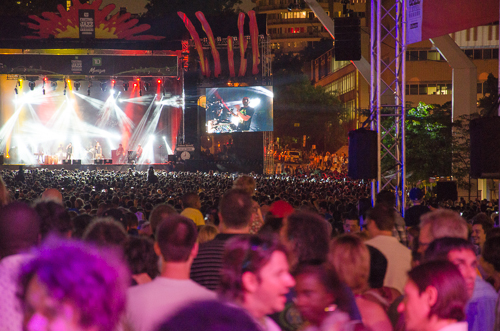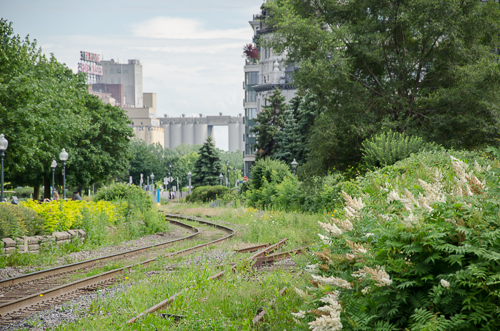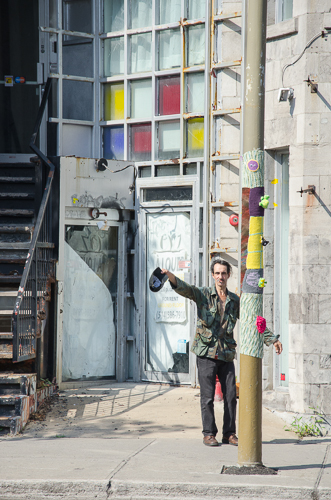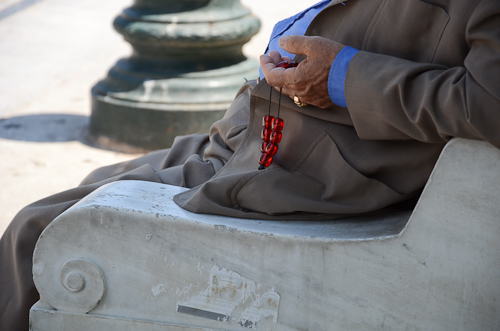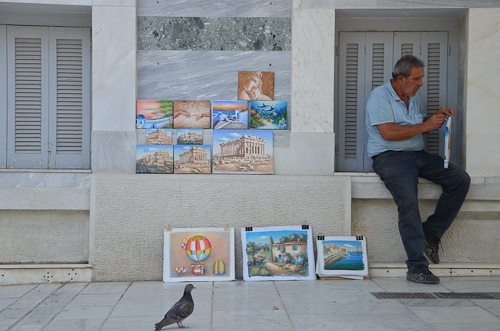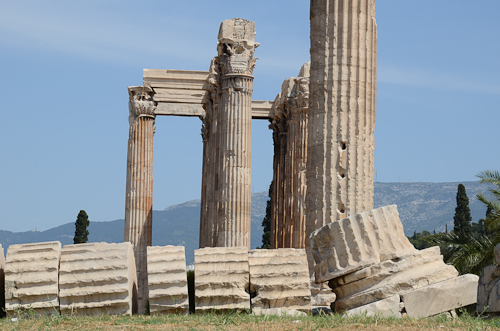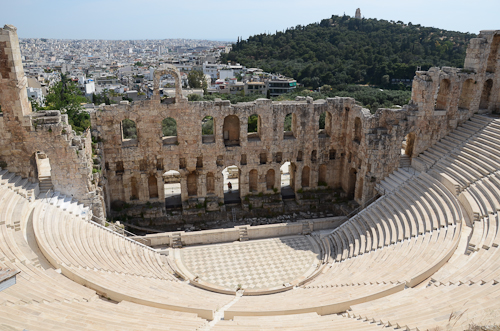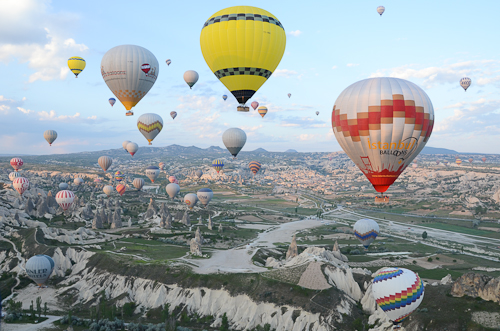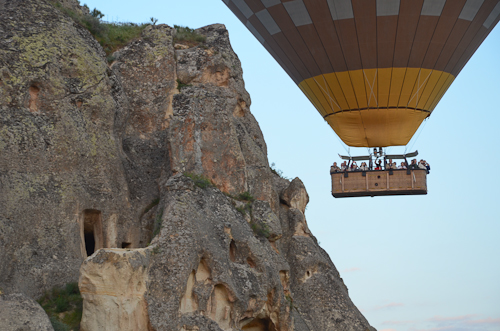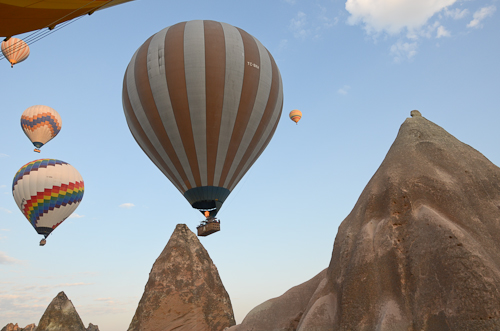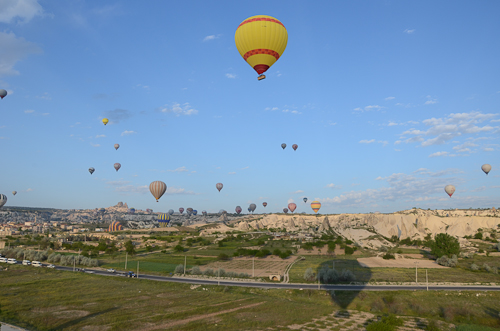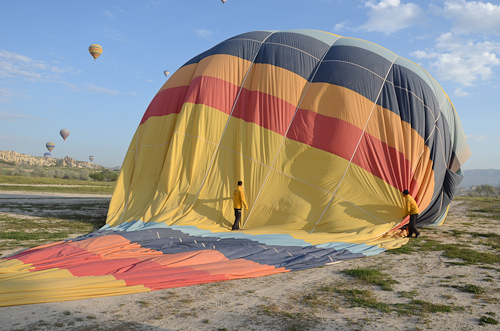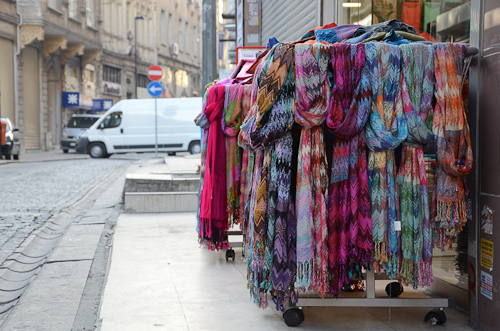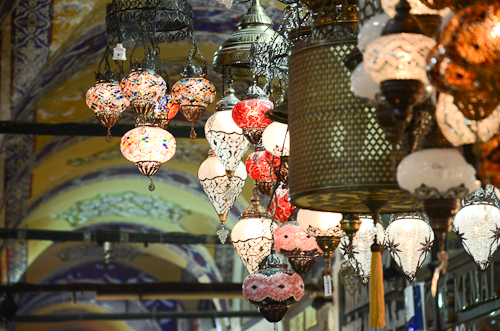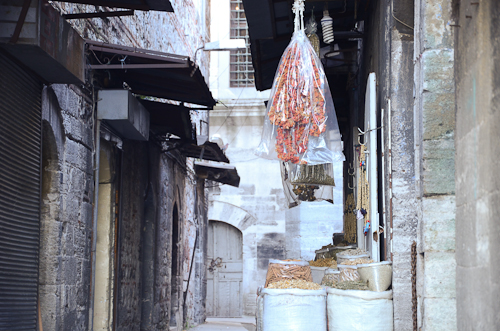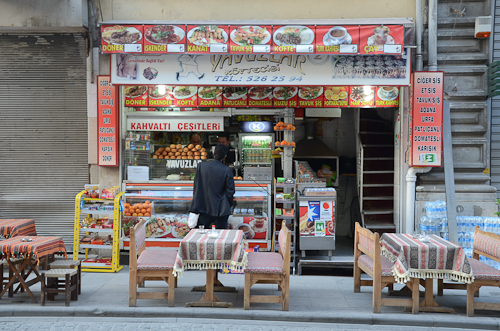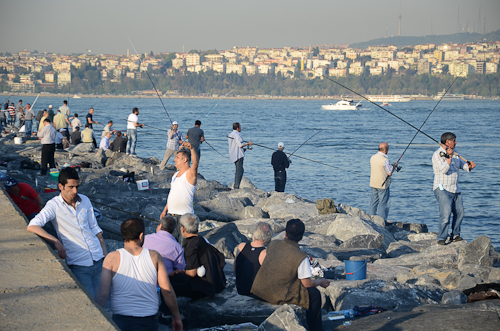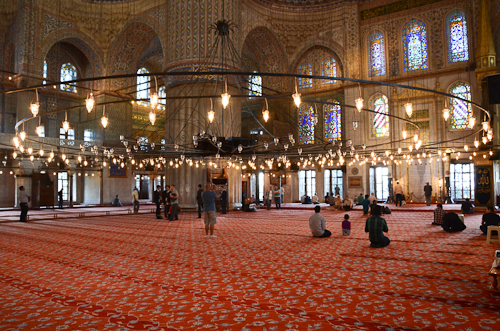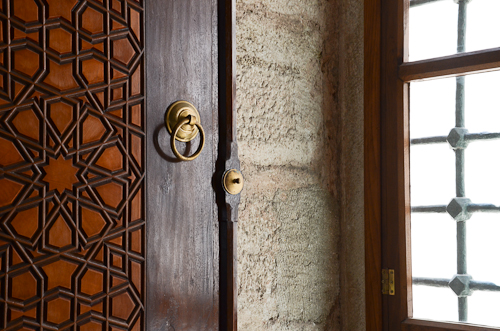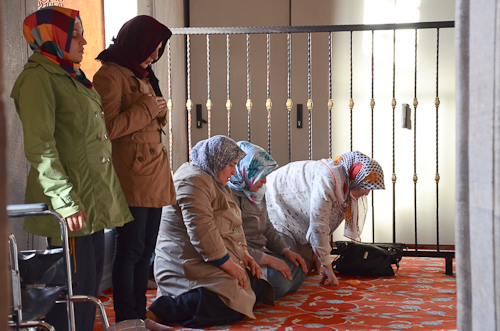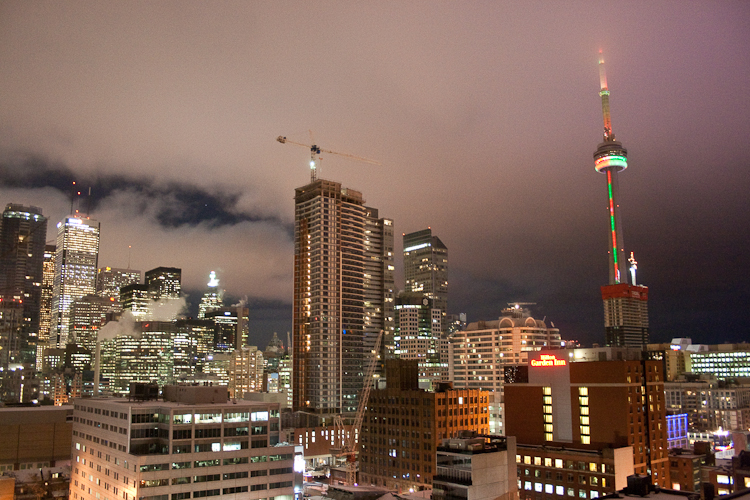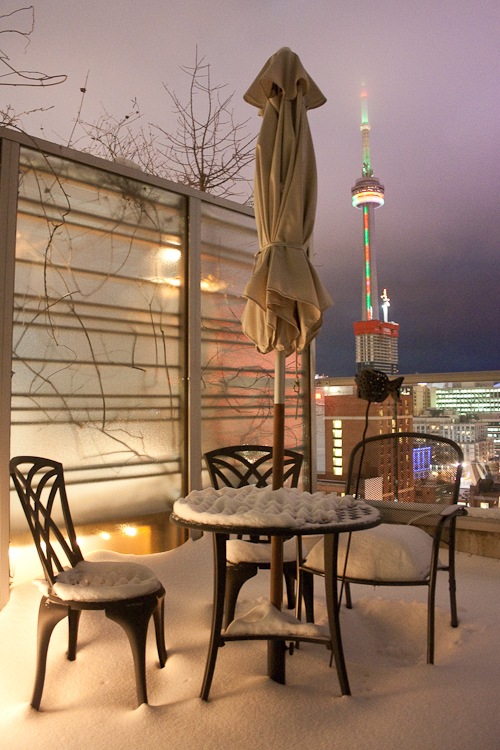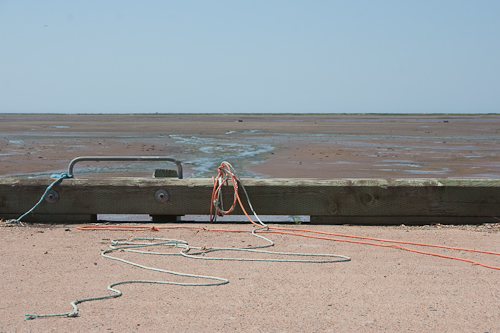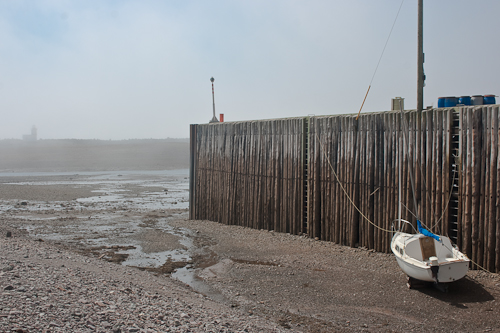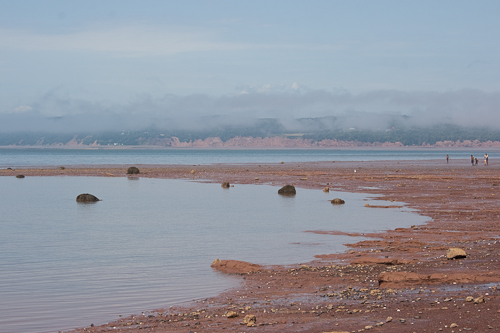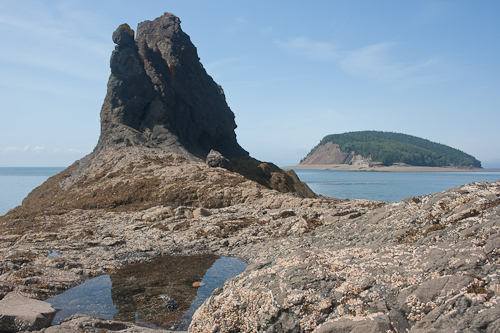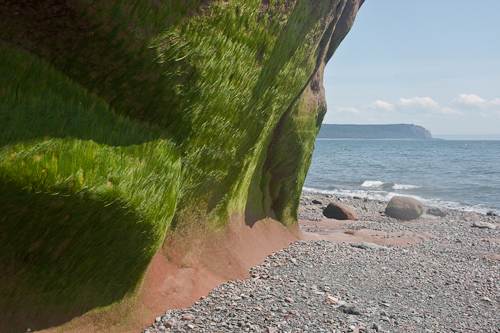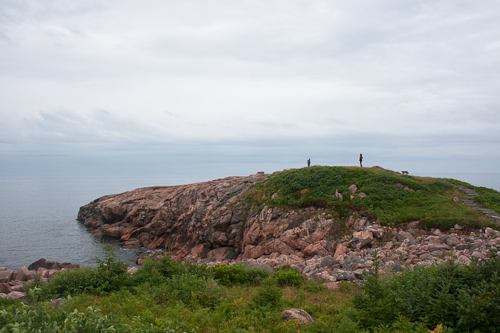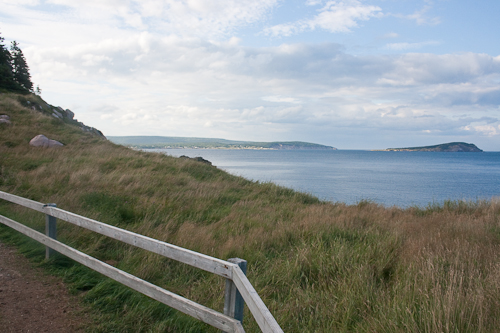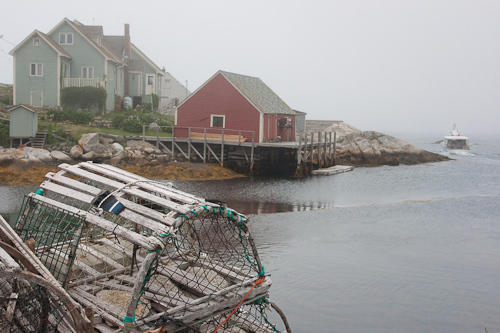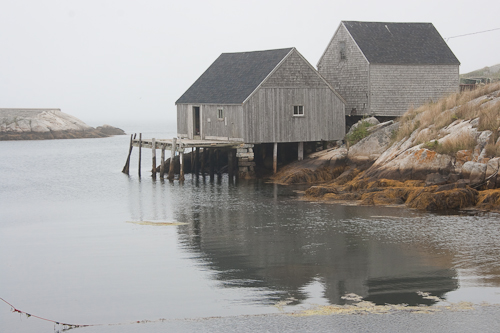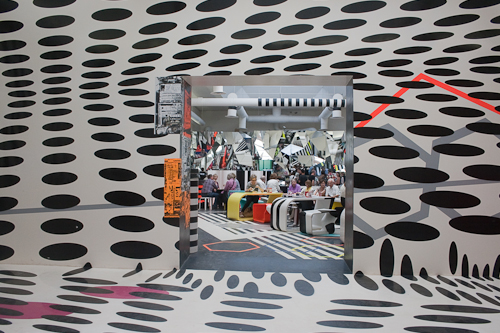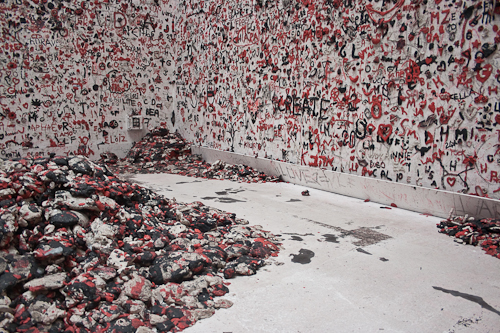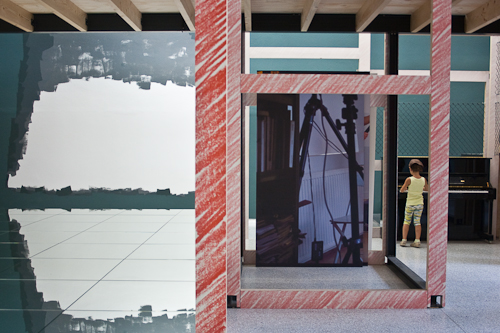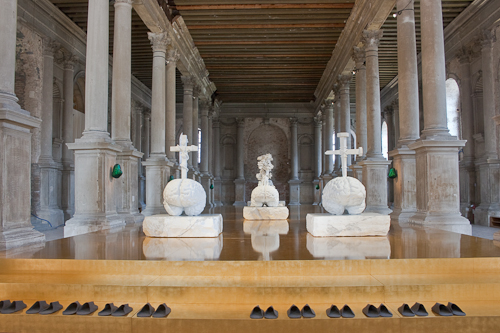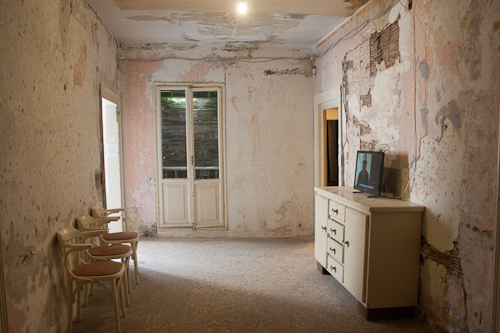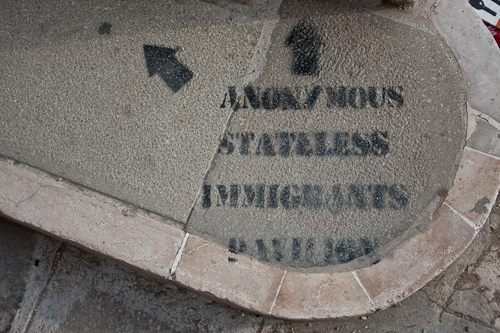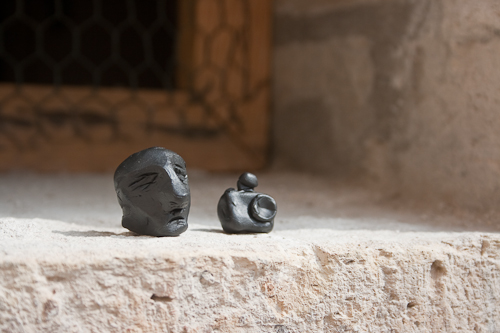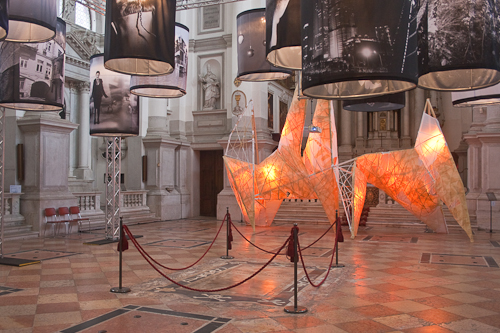Cappadocia is the historical name of the region in Central Turkey, 750 km southwest of Istanbul and 300 km south of Ankara. Modern Cappadocia refers to a geographical area with a unique cultural heritage and landscape entirely sculpted by erosion, whose exceptional natural wonders are a popular setting for a variety of activities such as hot air ballooning (see previous post), horseback riding, and guided area tours, some of which are described here.
One such outing is a hike in the Ihlara Valley, a picturesque canyon marked by a stream that flows through it and honeycombed with hundreds of rock-cut underground dwellings and cave churches from the Byzantine period. The rock-hewn sanctuaries contain colourful frescoes, some still remarkably intact.




The Underground City of Derinkuyu is an ancient multi-level complex used by early Christians as a hiding place during times of raids, before Christianity became an accepted religion. The vast network of caves sheltered up to 20,000 people and livestock for months at a time. Carved into the soft volcanic rock, its passages extend to a depth of 60m and are connected to other troglodyte villages or subterranean towns through miles of tunnels. Though breathing is difficult, you can descend as far as the 5th level to visit once-occupied spaces, such as chapels, religious classrooms, cellars and stables.

Other memorable spots include Selime, whose dramatic topography (pinnacles) inspired some of the filming of ‘Star Wars’, and Pigeon Valley, named for countless pigeon dwellings carved into the cliffs. (Years ago these creatures served as message carriers, and their droppings were used as fertilizer.)
Panoramic viewpoints of Paşabağı and Devrent Valley reveal mushroom-shaped fairy chimneys and unusual eroded landforms whose volcanic tuff has been sculpted into shapes shapes reminiscent of pillars and spires and even resembling animals – a 'lunar landscape' - like a sculpture zoo made by nature.




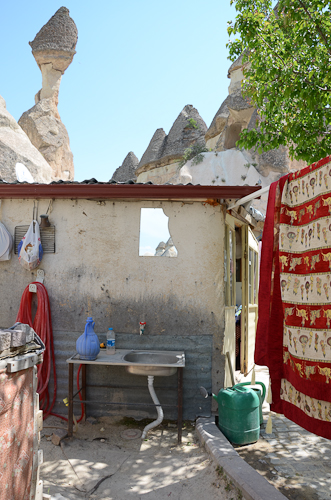 The town of Avanos is the center of ceramic art and earthenware production and trade dating back to the Hittites, and here you can see a pottery-making demonstration by kick-wheel technique.
The town of Avanos is the center of ceramic art and earthenware production and trade dating back to the Hittites, and here you can see a pottery-making demonstration by kick-wheel technique.

Sema, the Whirling Dervish Ceremony, is a physically active meditation still practiced by the Dervishes of the Mevlevi order. They aim to reach the source of all perfection by performing a customary dance, of which each of its seven parts symbolizes a stage of the mystic journey called ascension. Cloaked in a white frock and headdress, the Dervishes listen to music, focus on God, and, in a trance-like fashion, spin their body in repetitive circles, revolving as do all other beings and embracing humanity with love.
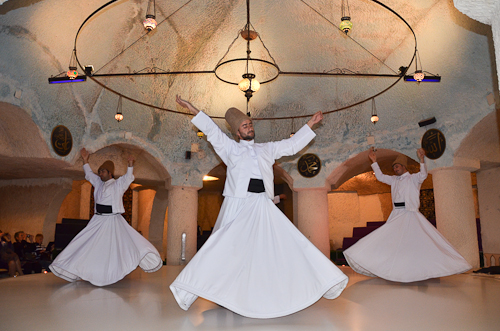
At the centre of Cappadocia are the towns of Ürgüp and Göreme. Within the region's rock formations, Christian villagers had excavated cells which served as residences, storage, places of worship and refuges dating from the 4th century. It’s a very special experience to stay in a hotel built into existing caves, one that combines dwellings of the Hittite, Roman and Byzantine periods with the comforts of the 21st century.





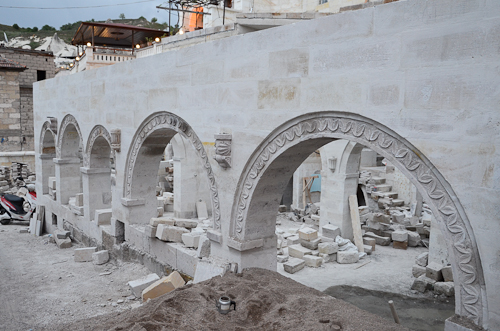

Göreme National Park and the Rock Sites of Cappadocia have been included in the UNESCO World Heritage List. See link here.

